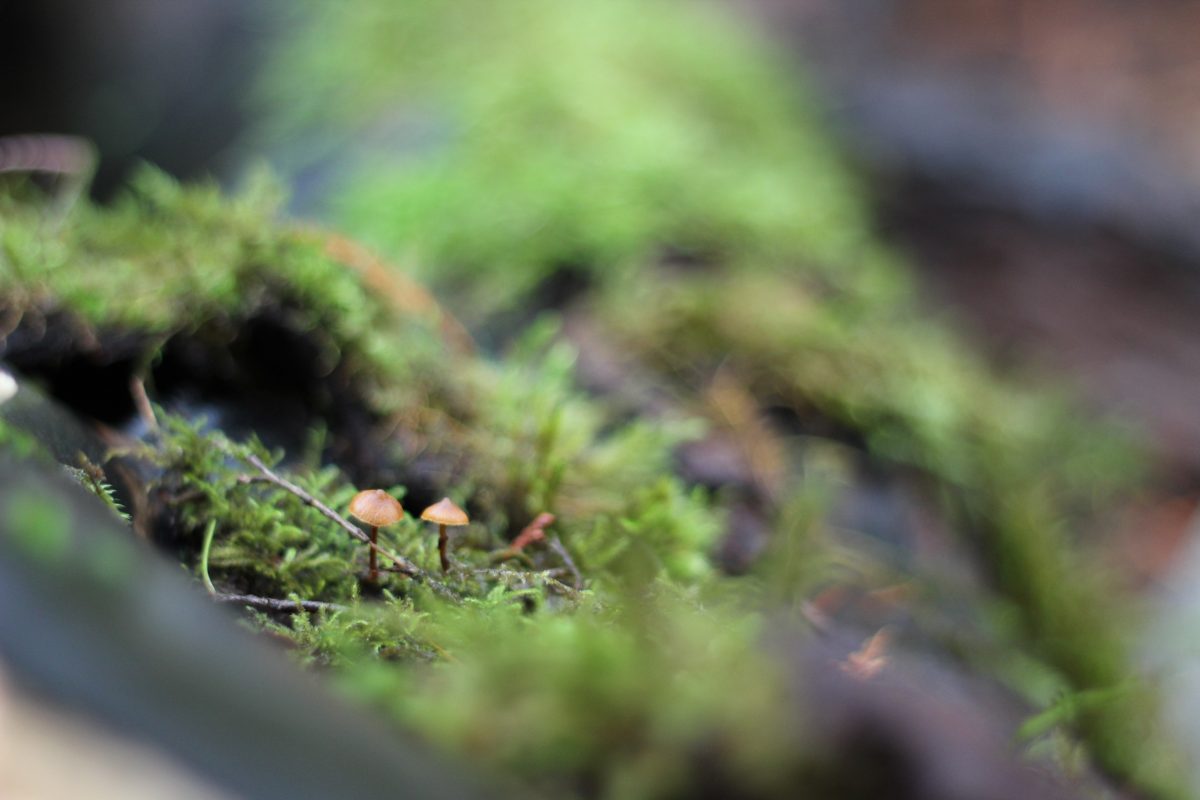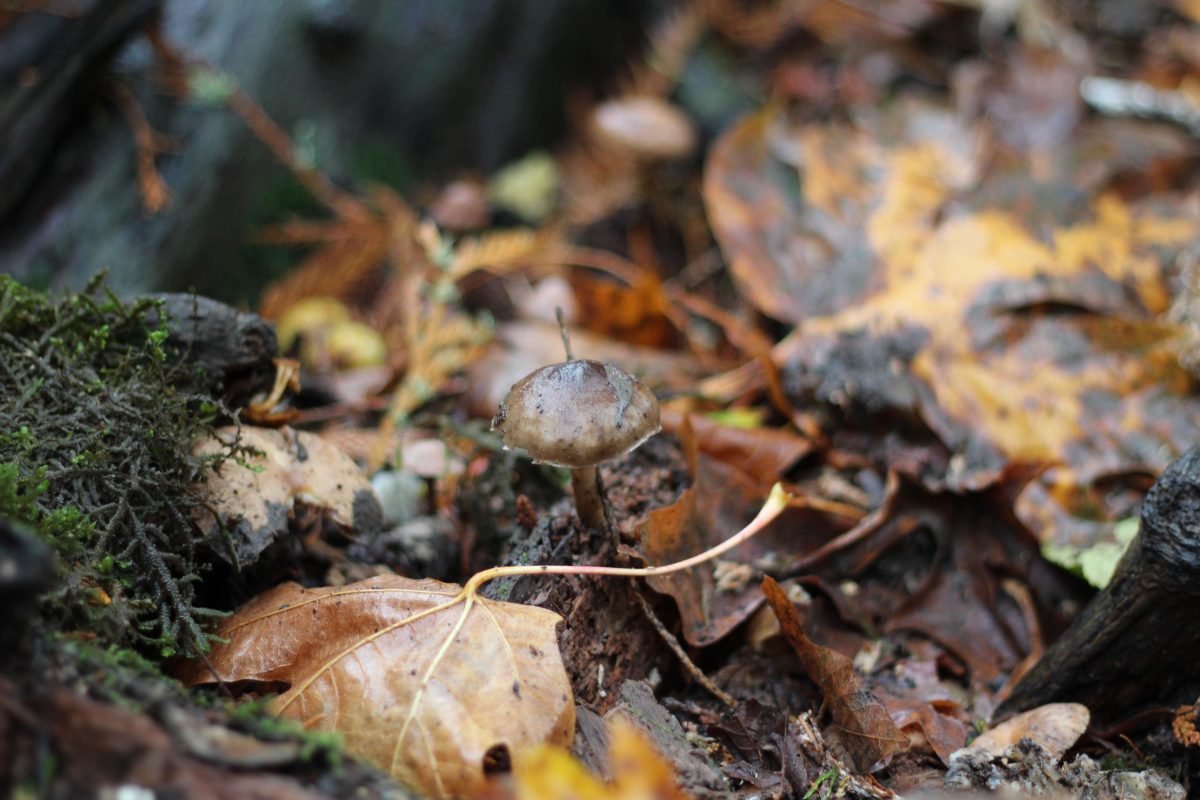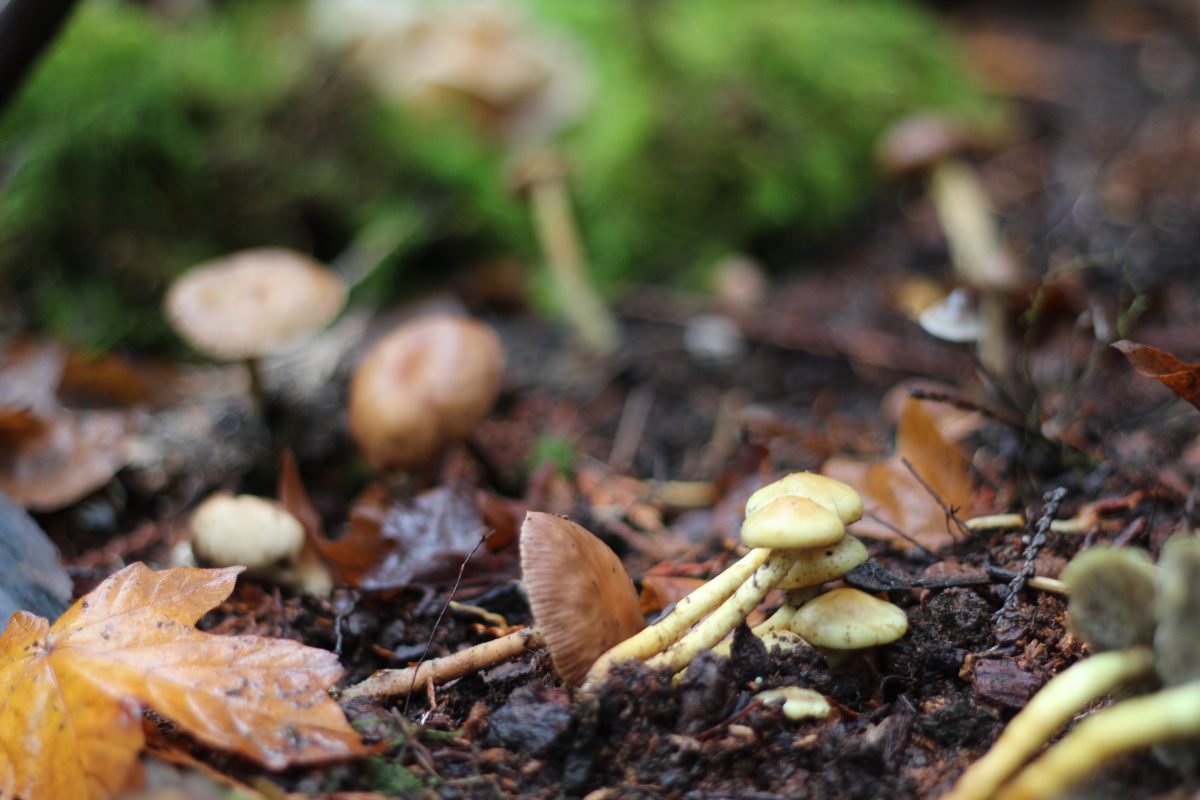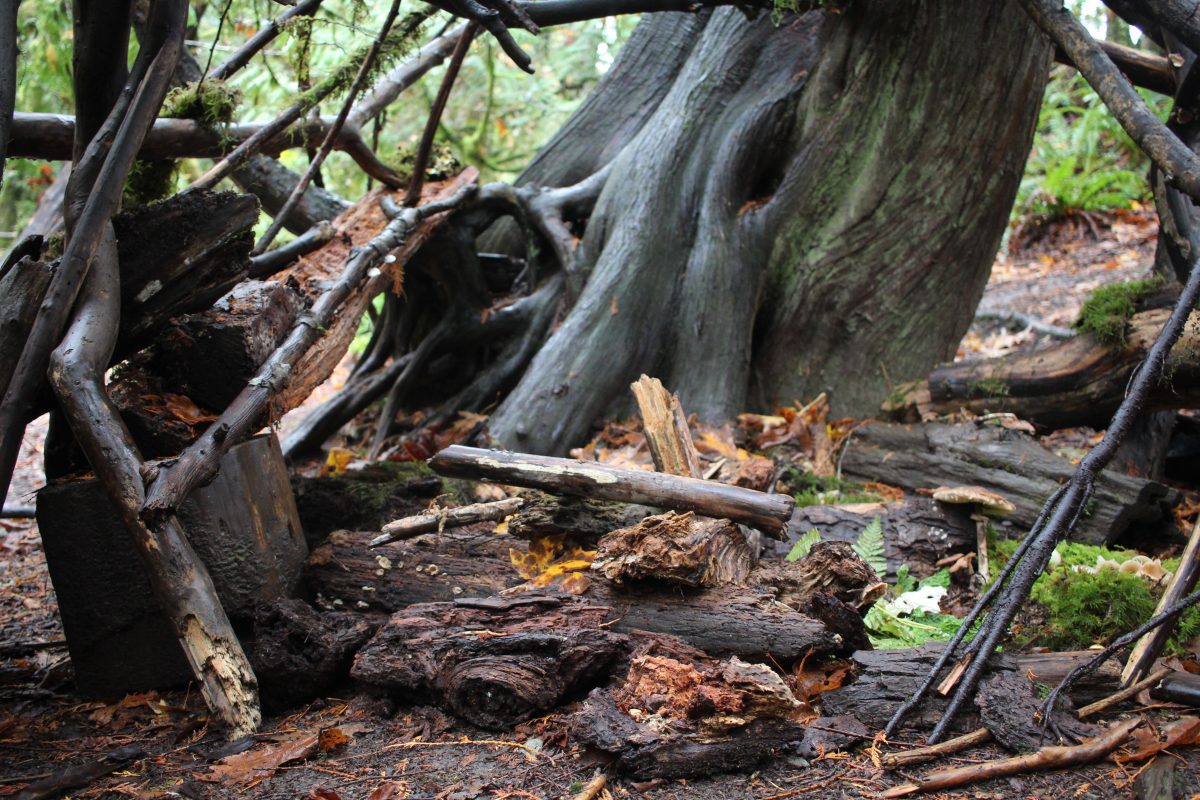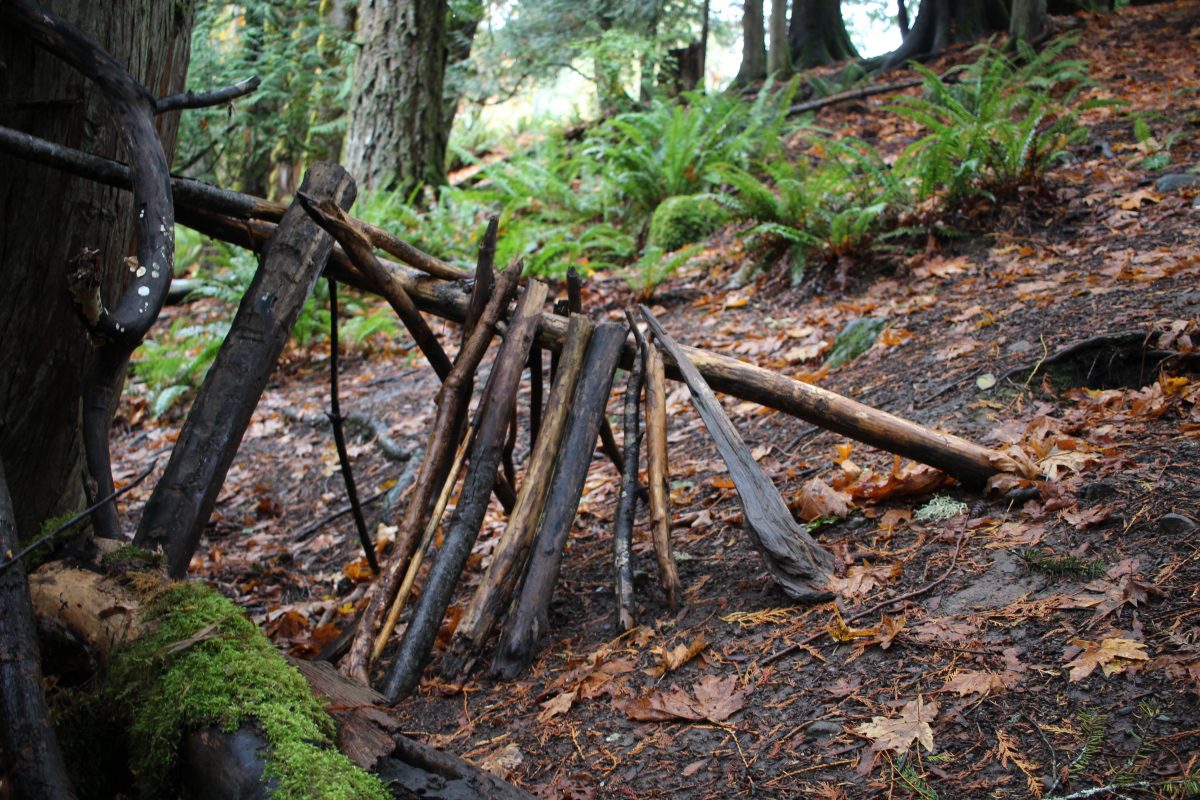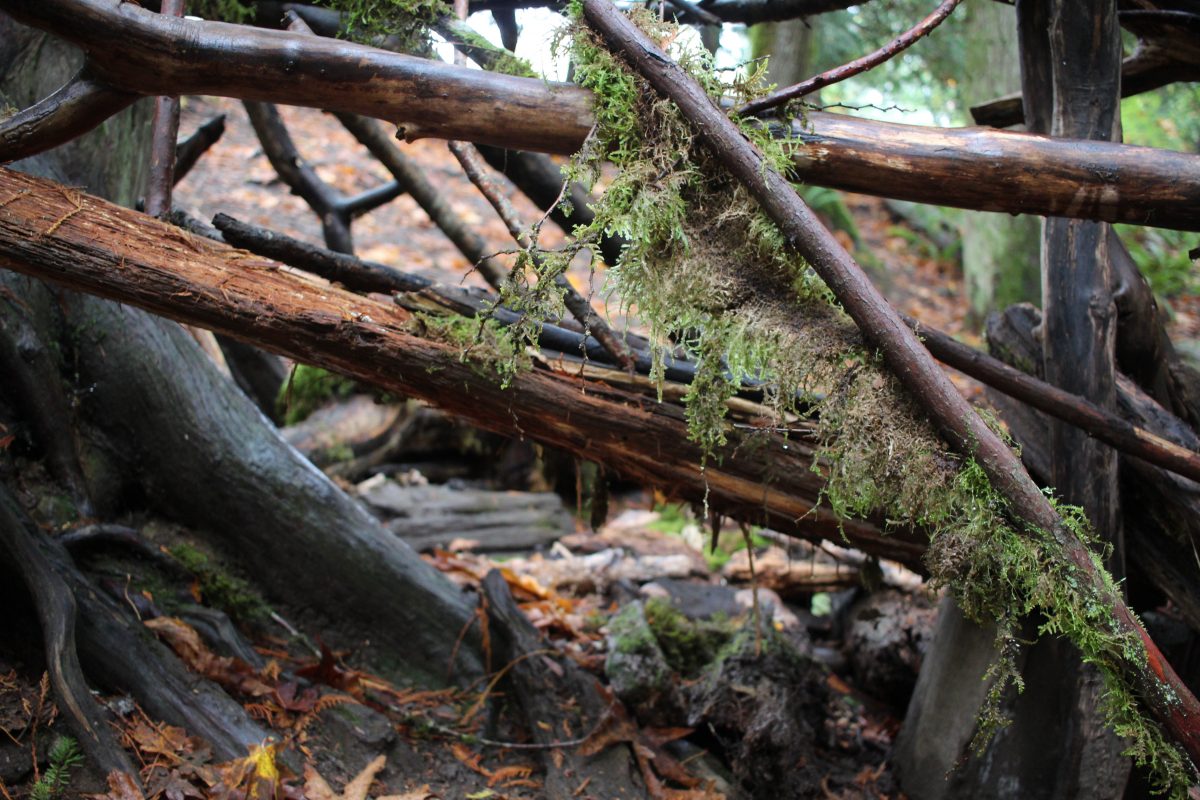Nature Immersion | Child-led Play | Communication

Bruno Latour speaks volumes on the relationship between the human and non-human, but fails to represent the cross-relationship between the human and living non-human as represented by nature.
Lucy Jones in ‘Losing Eden’ delves into this relationship, and highlights the importance it has for human wellness. In her book, she states that today we live in a world disconnected by nature, and yet our very existence relies on it. Nature remains engrained in our heritage, our identity, and our holistic well-being. So why is nature appreciation and immersion not in the forefront of our minds when educating our children?
The term ‘extinction of experience’ coined by American author, ecologist and lepidopterist Robert Pyle highlights the importance of nature for children on a monumental scale. He argues that as fewer children learn from the nature around them, they in turn become parents that are unable to teach the next generation and this generation will have an even more removed relationship from the natural world. This ‘premise involves a cycle of dissatisfaction and loss that begins with the extinction of hitherto common species, events, and flavours in our own immediate surrounds; this loss leads to ignorance of variety and nuance, thence to alienation, apathy, an absence of caring, and ultimately to further extinction.’ (Pyle)

My daughter was born in a dense urban setting, our home placed metres away from an active train line that ran every 10 minutes. As she grew into her first year of life, one of her main activities was climbing onto the chair placed at the window so she could watch the train go by. Vibrations, sound pollution, and the urban crime that was a continual occurrence prompted us to move away from this home when she was 3-years-old. Years after, with many moves in between, we are now situated on the West Coast of Canada on an island named Salt Spring. She attends a school placed on 55 acres of forested land, and her days are filled with moss, mushroom hunts and a creek.
As designers, I feel we often lose hindsight of the design capabilities that children have. This lack of awareness is a detriment to our practices and limits the inspirations that can be found in our interactions with all groups of people. As I specifically focus on the theory of children as co-designers, I am reminded of Zach Camozzi’s work in his thesis “When Nature Hacks Design’ and the concept of Earthbond Prototyping; when nature is a co-designer in the process. ‘Mushroom Garden’, a 100% child-led initiative also includes Earthbond Prototyping in its narrative. In addition it is an excellent example of how children are designers.



